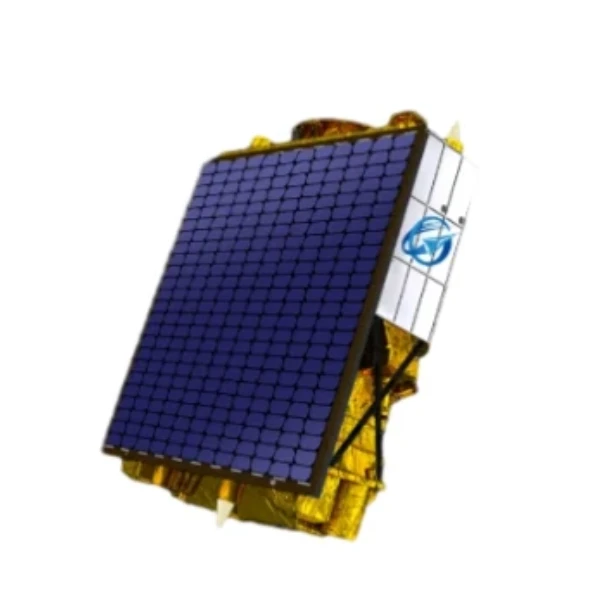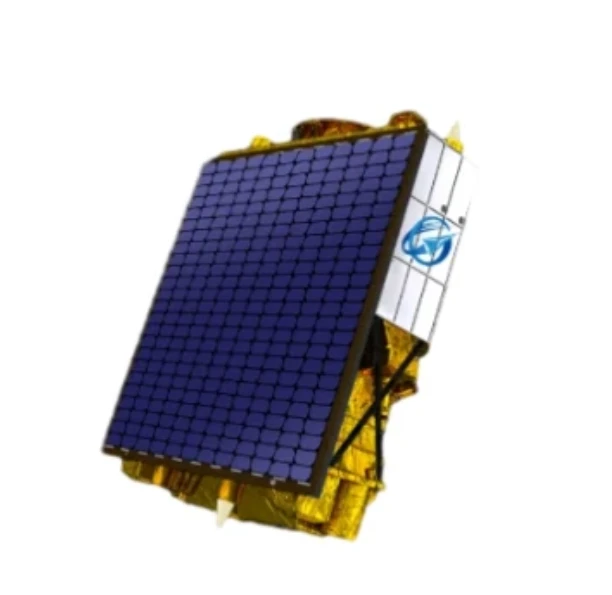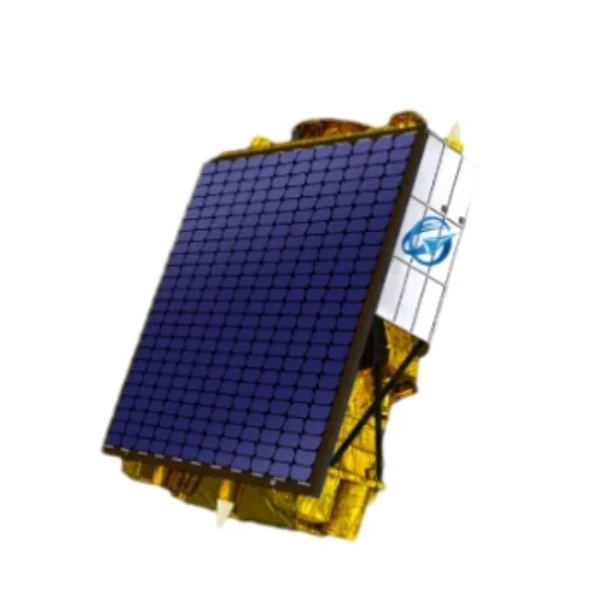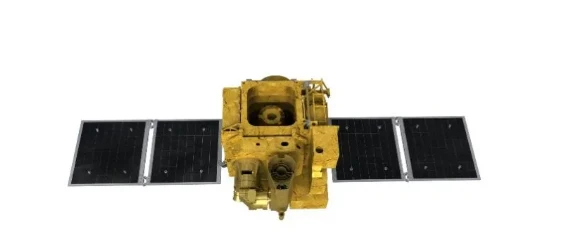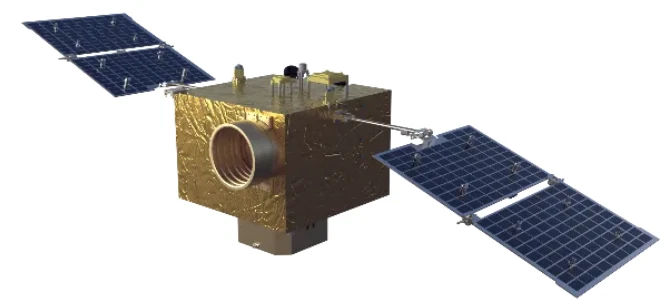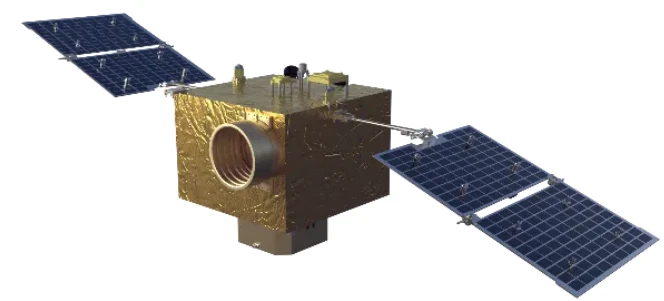
- Awherika
- Albanian
- Amharic
- Arapi
- Arameina
- Azerbaijani
- Basque
- Belarusian
- Bengali
- Bosniana
- Bulgarian
- Katarana
- Cebuano
- Haina
- Korihika
- Koroatiana
- Czech
- Teniana
- Tatimana
- Ingarihi
- Esperanto
- Estonian
- Finnish
- Wīwī
- Frisian
- Kariri
- Georgian
- Tiamana
- Kariki
- Gujarati
- Haiti Creole
- Hausa
- hawaii
- Hiperu
- Kao
- Miao
- Hungarian
- Tiorangi
- igbo
- Initonia
- Irish
- Itariana
- Hapanihi
- Hawaana
- Kannada
- Kazakh
- Khmer
- Rwandan
- Koreana
- Kurdish
- Kyrgyz
- Reipa
- Latina
- Latvian
- Lithuania
- Luxembourgish
- Makeronia
- Maori
- Malay
- Malayalam
- Marite
- Maori
- Mareti
- Mongolian
- Myanmar
- Nepali
- Norewai
- Norewai
- Occitan
- Pashto
- Pahia
- Porohia
- Potiti
- Punjabi
- Romanian
- Ruhia
- Hamoa
- Scottish Gaelic
- Serbian
- Ingarihi
- Shona
- Sindhi
- Sinhala
- Slovak
- Slovenian
- Somali
- Paniora
- Hatana
- Swahili
- Huitene
- Tagalog
- Tajik
- Tamil
- Tatara
- Telugu
- Thai
- Turiki
- Turkmen
- Iukereiniana
- Urdu
- Uighur
- Uzbek
- Vietnamese
- Welsh
- Awhina
- Yiddish
- Yoruba
- Zulu
Te Tohatoha Hiko Me te Waahanga Whakahaere Ngaaahu
Hua Taipitopito
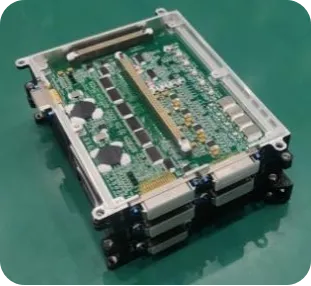
|
Waehere Hua |
CG-DJ-PD-100 |
CG-DJ-PD-300 |
|
Rahi Pūhera/mm |
94mm×94mm×46mm |
150mm×120mm×57mm |
|
Taumaha |
0.5kg |
1.3kg |
|
Whakamahi Hiko |
1W |
8.5W (tae atu ki te kohi hiko pateko DCDC) |
|
Tohanga Mana |
10 hongere 12V/7 hongere 5.2V |
6 hongere 28V/8 hongere 12V/5 hongere 5.2V |
|
I peia e te roopu whakamahana |
11 hongere, 2W teitei mo ia hongere |
15 hongere, 10W teitei mo ia hongere |
|
Temperature/Analog Input Data Collecting |
20 hongere, 12-bit kohi |
34 hongere, 12-bit kohi |
|
AIANEI Te taraiwa |
2 hongere |
\ |
|
Mana Puka |
2 hongere, 4~6A nāianei |
2 hongere, 5~6A nāianei |
|
Huringa Whakawhiwhinga |
4 marama |
4 marama |
The Power Distribution and Thermal Control Management Unit (PDTCMU) is an advanced system designed to efficiently manage and distribute power while maintaining thermal stability in space-based platforms such as satellites and spacecraft. This unit integrates power distribution, thermal regulation, and system monitoring functions into a single compact module, ensuring the optimal performance of various subsystems onboard. It manages the flow of electrical power from solar panels or batteries to critical satellite components, while also controlling the temperature of sensitive equipment through advanced thermal control systems such as heat pipes, radiators, and thermal insulation. The PDTCMU is equipped with sensors to monitor both power and temperature levels in real-time, enabling dynamic adjustments to maintain the efficiency and reliability of the satellite's systems. It operates under extreme conditions, with robust protection against electrical surges, thermal fluctuations, and radiation, ensuring long-term mission success.











